
Sophie Calle is a French photographer and writer, who often analyses human vulnerability and identity. I will mainly be investigating her series “Suite Venitienne”, which documents her following strangers around Venice, constructing lives for them in her own head. This series in particular was made fairly early on in her career, and was quite influential to the rest of her photographic career and artistic style. Much of the work features one man in particular, who she met at a party and decided to follow to Venice, and she demonstrates a unique capability to intrude so much into a stranger’s private life without actually revealing anything real or personal about their identity.
Calle explains that she feels inspired by works of literature, specifically Charles Baudelaire, drawing on his view of “romantic beauty in the fleeting gaze of a stranger”. She is also inspired by Edgar Allen Poe’s short story “The Man of the Crowd”, in which the narrator follows a mysterious old man through the streets of Paris for 24 hours, never even discovering his name, for no other reason than he was “struck by the absolute idiosyncrasy of his expression”. In a way, “Suite Venitienne” is a re-telling of this story, as the pursuit of the man (named ‘Henri B’ in the project) is equally as unusual and unjustified.
Christine Macel described Calle’s work as a rejection of the…notion of the “death of the author” by working as a “first-person artist” who incorporates her life into her works and, in a way, redefines the idea of the author.
Sophie Calle, M’as-tu vue. Munich: Prestel Publishing. 2003
Specifically in her “Suite Venitienne” series, the images are very much taken from a first person perspective, as she is using the camera lens as a replacement for her own eyes. The images are from her distinct point of view, and as a result, the onlooker feels as though they are intruding in these people’s lives in the same way that she is, as though Calle is bringing us along with her as she acts almost like a detective on her journey of stalking strangers. They are reminiscent of old French films, and are cinematic in the way that most of the images feature the rule of thirds, which draws more emphasis on the figure Calle is following, and makes the overall series of images more engaging and impactful.
Much of her work is in black and white, which has been argued to lend a more artistic value to the images rather than purely documentary, and she often uses the exposure to create the illusion of movement within an image. What I like about Calle’s work is that, even though you don’t know anything about the subject and that for the most part you can’t see their faces, they have a distinct and strong sense of emotion. You almost feel as though you can relate to both the person being photographed and the photographer, in that you have experienced being the stranger living your own life on the street, and the stalker watching other strangers out in public.
IMAGE ANALYSIS-
The image was taken in natural daylight, and the exposure was not adequately adjusted so as a result the two figures are somewhat obscured by the bright light coming from outside, possibly reflecting how their true identities are also obscured from us through their anonymity. The image uses the rule of thirds to frame the man – Henri B – as the main focal point. Like the rest of the series, it is in black and white. As colour photography was widely available at the time this was taken (1980s), and it was actually used more than black and white, it’s clear that Calle chose black and white on purpose, possibly to add a sense of timelessness of mystery to the final products.
This photograph, and the whole series, all feature a fairly high tonal range, which is more obvious in other images, but this image has far more midtones and bright whites than most. The lines of the horizontal stairs and the vertical pillars provide a sort of repetition, which contrasts against the two figures walking in the middle, cutting across the pattern. However they do have a sort of symmetry : they are in the centre of the opening, in stark contrast to the over-exposed white light.

The 3D feeling to the image, which is created by the receding pillars from the foreground into the background, emphasises the concept that this image is meant to be seen as if from a person’s own perspective, with the camera lens acting as the eyes. Calle has a very candid approach throughout this series, as the nature of it means that none of the images can be really planned and rely more on the subject’s own personal plans, and this photo clearly falls under the same category. It feels quite simple and normal, the sort of situation everyone has been in, but the act of photographing it in such an artistic manner gives it meaning and significance outside of just an everyday activity.
LINKS/SOURCES-
https://en.wikipedia.org/wiki/Sophie_Calle
https://www.latimes.com/books/jacketcopy/la-et-jc-sophie-calle-suite-venitienne-20150324-story.html
http://sigliopress.com/book/suite-venitienne/embed/#?secret=3b97ZyGRdu

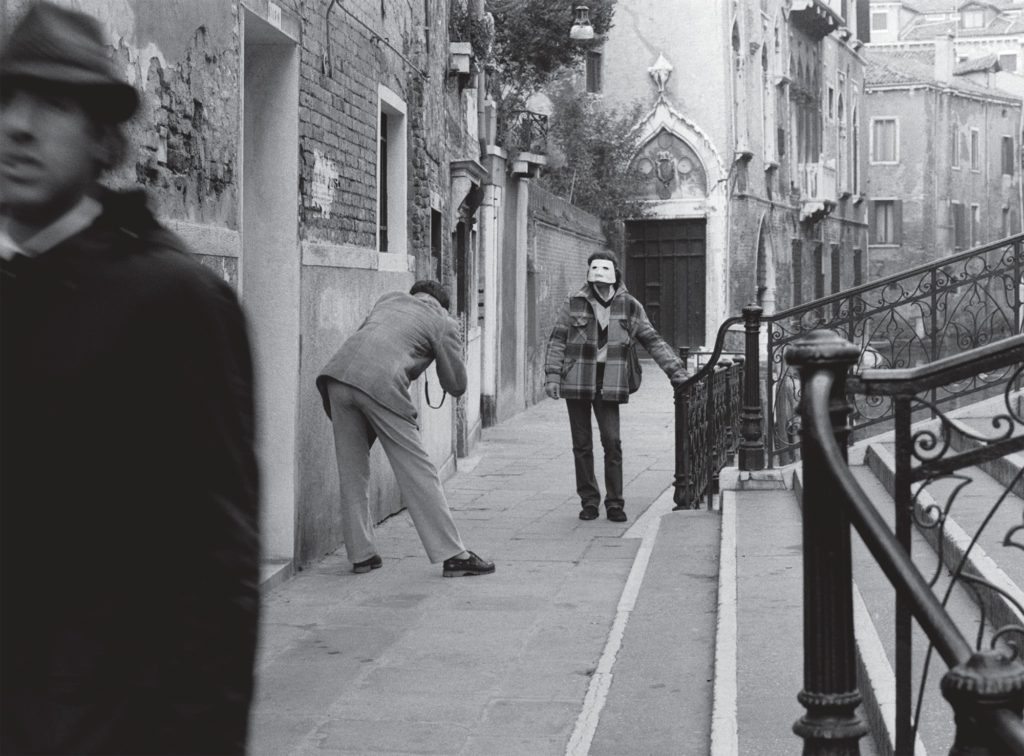

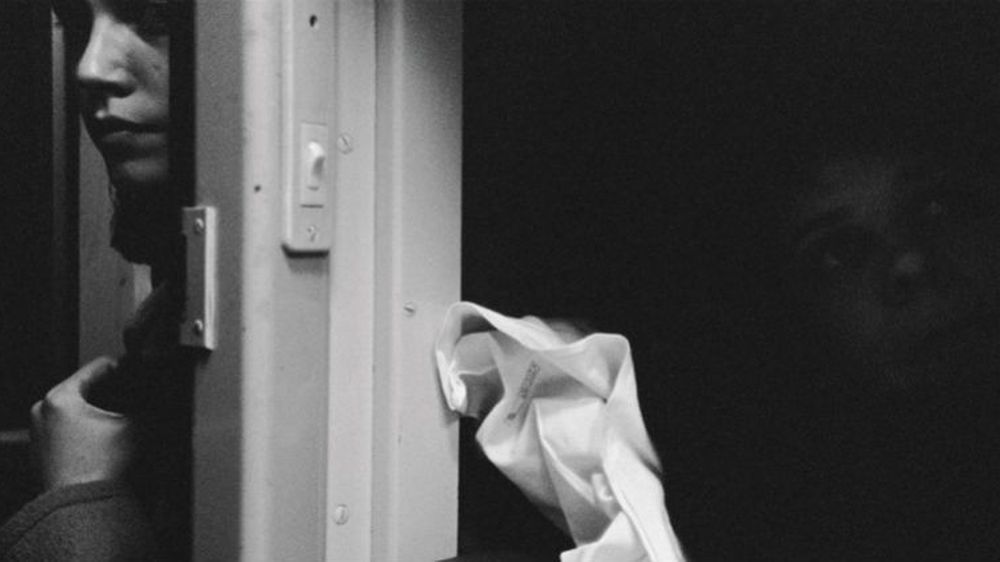

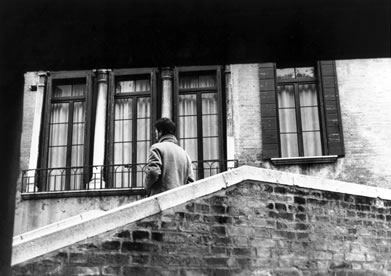
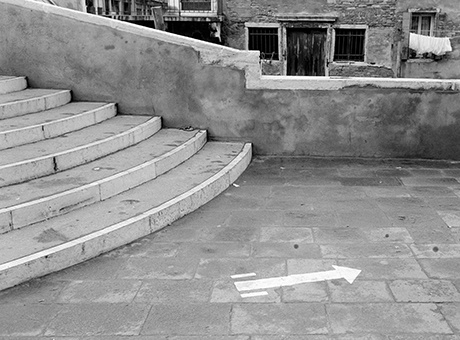
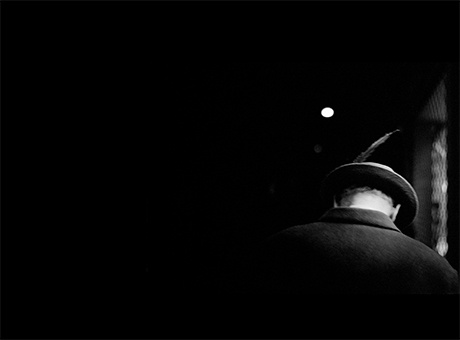

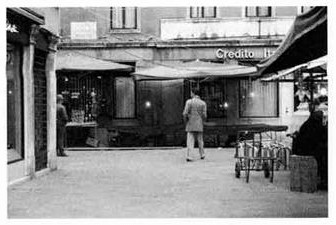
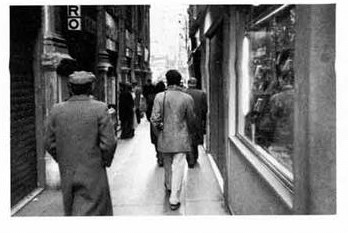



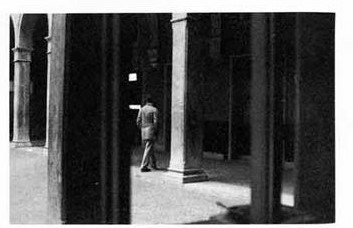
Excellent blog post with good research and analysis backed up with contextual references. Well done!